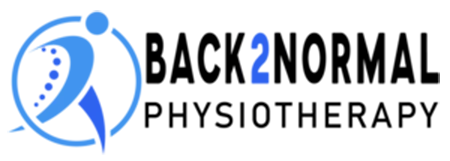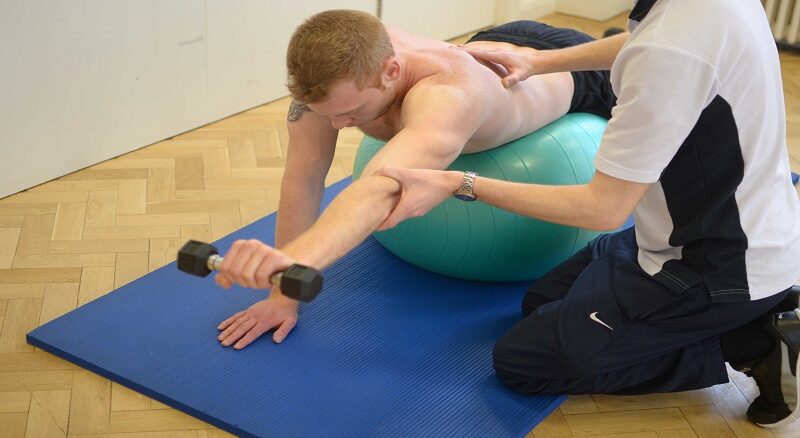What is kyphosis? causes and treatment is a topic that we want to explain in this article. Physical therapy can help manage certain types of kyphosis. Your doctor may recommend the following:
Stretching exercises may help improve spinal flexibility and relieve back pain.
Using a brace (orthosis): Children with Scheuermann’s disease may be able to stop the progression of kyphosis by using a brace while their bones are still growing. What is kyphosis? causes and treatment is a topic that we want to explain in this article.
What is kyphosis?
Back hump (kyphosis) is excessive protrusion of the spine on the back side. This disease can occur at any age, but it is more common in older women. Age-related kyphosis is often caused by weakness in the bones of the spine, causing them to compress or crack. Other types of kyphosis can appear in teenagers due to spinal deformity or compression of the spinal bones over time.
Mild kyphosis causes few problems. Severe kyphosis can cause pain and deformity. Treatment for kyphosis depends on your age, and the cause and results of the curvature.
Complications of kyphosis
In addition to causing back pain, kyphosis may cause the following:
Breathing problems: Severe kyphosis can put pressure on the lungs.
Digestive problems: Severe kyphosis can compress the digestive system and cause problems such as acid reflux and difficulty swallowing.
Limited physical function: This disease is associated with weakness of the back muscles and difficulty in doing tasks such as walking and getting up from a chair. A curvature of the spine can also make it difficult to look up or drive, and can cause pain when sleeping.
Complications of kyphosis causes and treatment
In addition to causing back pain, kyphosis may cause the following:
Breathing problems: Severe kyphosis can put pressure on the lungs.
Digestive problems: Severe kyphosis can compress the digestive system and cause problems such as acid reflux and difficulty swallowing.
Limited physical function: This disease is associated with weakness of the back muscles and difficulty in doing tasks such as walking and getting up from a chair. A curvature of the spine can also make it difficult to look up or drive, and can cause pain when sleeping.

